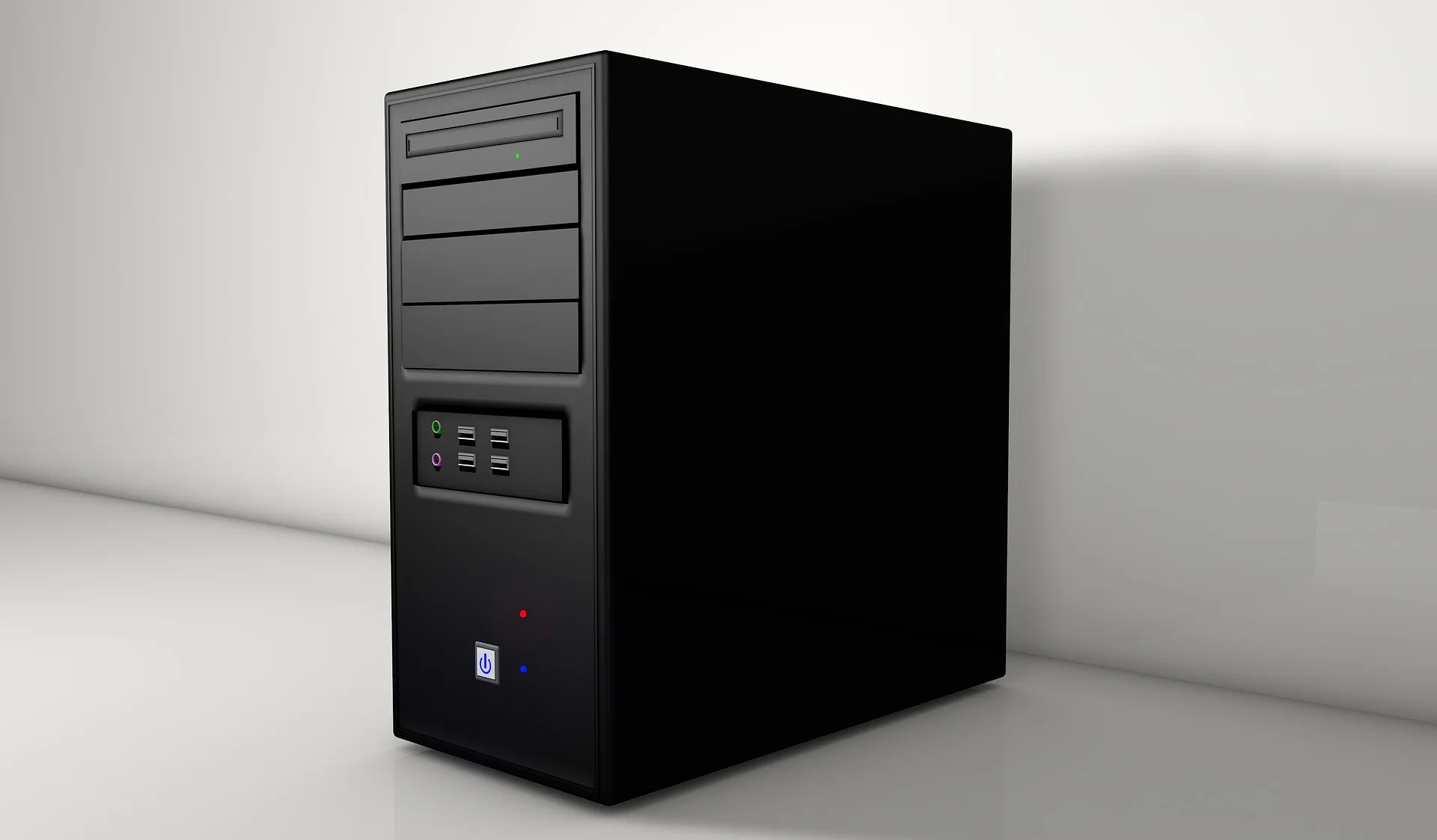Central Processing Unit
A CPU (Central Processing Unit) is the primary component of a computer that performs most of the processing. It is often referred to as the “brain” of the computer. The CPU retrieves instructions from memory, decodes them, performs the necessary calculations, and sends the results back to memory. It is responsible for executing the majority of the instructions that make the computer perform tasks. It is made up of two main parts, the arithmetic logic unit (ALU) and the control unit (CU). The ALU performs mathematical and logical operations, while the CU controls the flow of data and instructions throughout the computer.
Working of CPU
The CPU works by fetching instructions from memory, decoding them, and then executing them. The process can be broken down into several steps:
- Fetch: The CPU retrieves an instruction from memory, typically from the location pointed to by the program counter (PC).
- Decode: The instruction is decoded by the control unit (CU) of the CPU, which determines the operation that needs to be performed.
- Execute: The arithmetic logic unit (ALU) of the CPU performs the necessary calculations and logical operations based on the decoded instruction.
- Writeback: The results of the instruction are written back to memory.
This process is repeated continuously, with the CPU fetching, decoding, and executing instructions one after another, allowing the computer to perform tasks.
It’s also worth mentioning that the CPU can have multiple cores, each one of them can fetch and execute instructions independently allowing the computer to perform multiple tasks in parallel.

